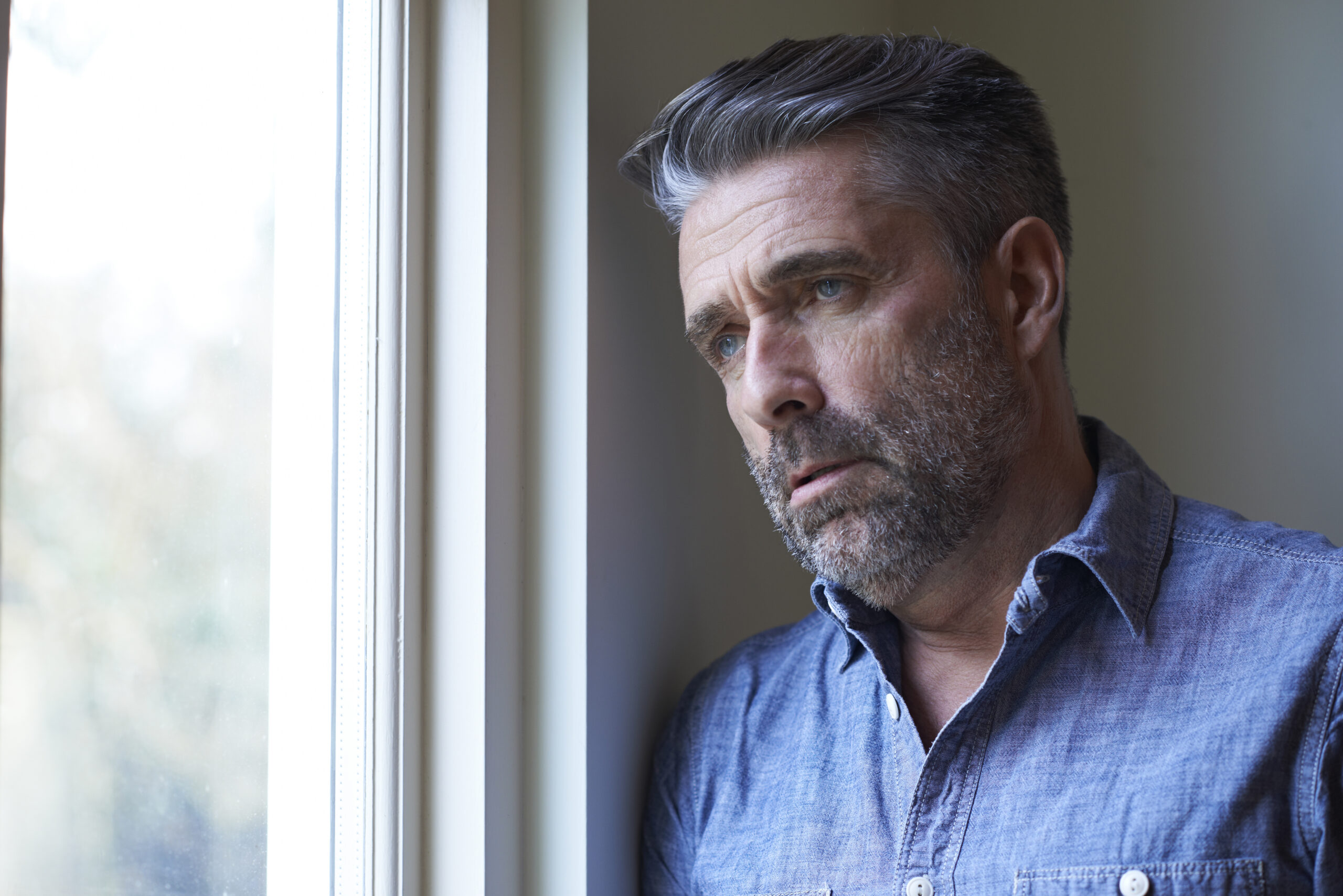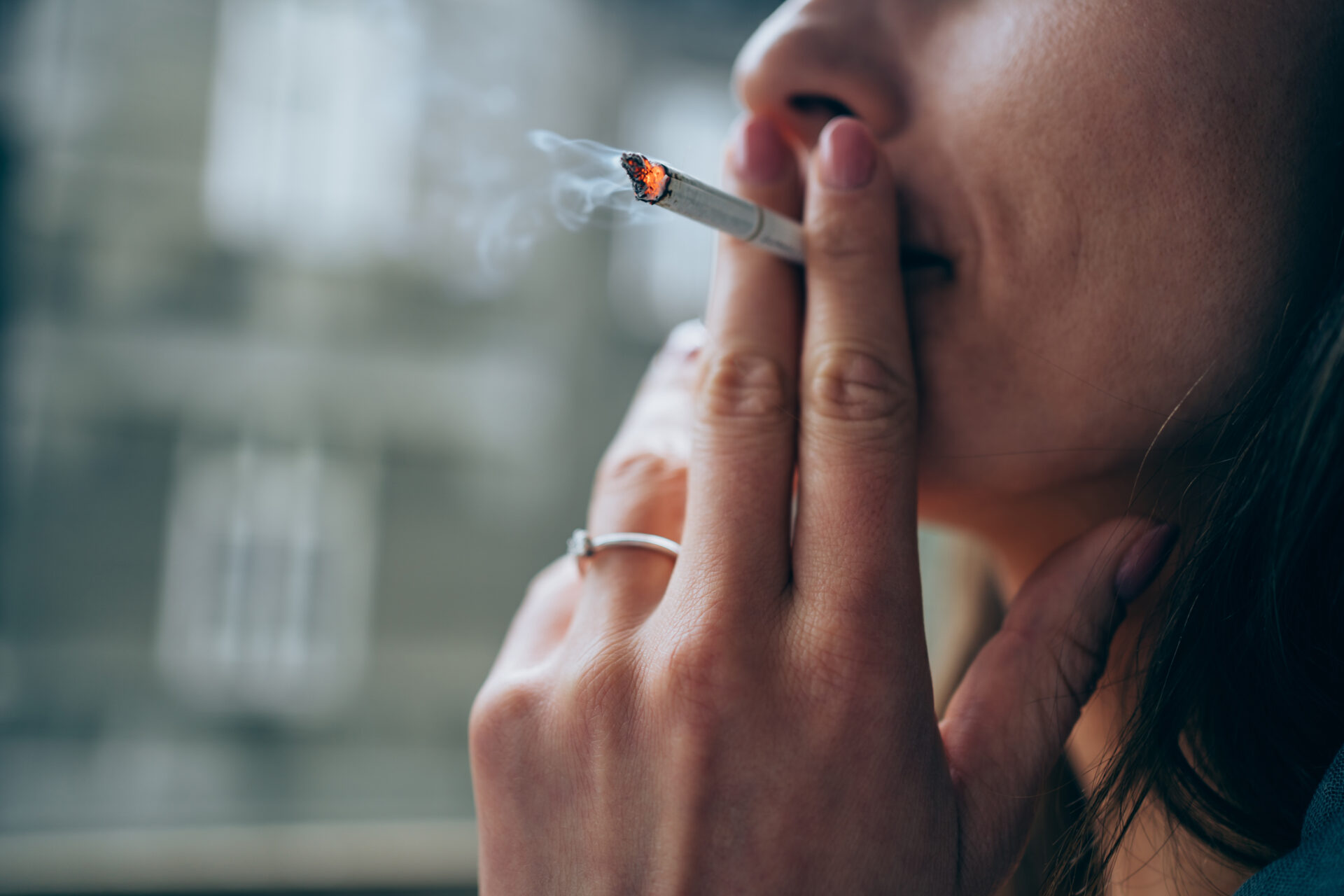
The Causes of PTSD in Men and Women
Psychological conditions often have different presentations in men and women, though this area of research and education is often neglected. There has been a push in the academic community to better understand PTSD’s effect on men and women and this article is a summary of what we know so far.
An overview of PTSD
Post traumatic stress disorder, or PTSD, is a mental health condition that is brought on by experiencing or witnessing a terrible event and being unable to manage memories of the event. This can manifest as some of the following:
- Flashbacks
- Nightmares
- Avoidance behaviors
- Depressed mood
- Hypervigilance
- Self-isolation
PTSD is a serious condition, and it interferes with daily living, maintaining relationships and makes work and normal tasks feel impossible. While people are often able to recover from trauma on their own, trying to wait for PTSD to disappear without professional help can be dangerous.
PTSD in men
According to the United States Department of Veteran affairs, about 60 percent of men will live through a traumatic event. Not all men who live through trauma will develop PTSD, but those that do may struggle to manage it.
Men are less likely to seek treatment for PTSD, and psychotherapy tends to be less effective for men, according to the European Journal of Psychotraumatology.
Causes of PTSD in men
According to the National Alliance on Mental Health, the main causes of trauma for men tend to be physical assault, accidents, natural and other disasters or combat. They are also more often subjected to witnessing death or injury.
The events may be precipitated by cultural expectations, and many may occur due to the types of careers men more regularly pursue. For example, men are more likely to work in dangerous conditions, go into the army and do intensely laborious tasks. Careers that are male dominated include construction work, law enforcement and firefighting.
The traumas that men experience also usually occur at a later age, although trauma can happen at any time in a person’s life. The later the trauma occurs, the more likely a person is to have coping skills and emotional support in place.
PTSD symptoms in men
While PTSD symptoms in men generally follow the general symptoms associated with PTSD, there are some that are more pronounced in men than they are in women.
- Self isolation
- Self-destructive behavior (such as binge drinking and driving)
- Aggression
- Irritability
- Mood disturbances
- Negative thoughts about oneself
- Desiring to protect oneself and one’s family
- Feeling suspicious of others
- Guarding oneself physically and emotionally
These are hallmark PTSD symptoms in men, although many more are common.
PTSD in women
According to the National Alliance on Mental Illness, PTSD is more common in women than it is in men. There are various factors that contribute to this statistic, but it’s thought that the types of trauma women live through plays a large factor.
According to the United States Department of Veteran affairs, about half of all women will experience a traumatic event in their lifetimes. Though women are slightly less likely to have an experience of trauma than men, they are more likely to experience sexual violence and sexual abuse.
The European Journal of Psychotraumatology states that this difference in prevalence is because the traumas that women face tend to be more high intensity traumas and because they tend to occur at a young age. Living through trauma at an early age can affect the development of the brain and an individual’s personality. Traumatic stress can have a lifelong impact.
Causes of PTSD in women
The European Journal of Psychotraumatology also explores the origins of trauma in women, even prior to the trauma itself. The journal explains that women are more likely to recognize threats in an environment and handle stress relationally.
A tendency to engage in emotional experiences, while oftentimes a benefit, can serve to make a trauma more difficult to cope with. The types of trauma women live through tend to be interpersonal, such as rape, sex trafficking or coercion.
PTSD symptoms in women
The Journal of Anxiety Disorders lists a few clinical symptoms that women are more likely to be faced with than men.
- Hypervigilance (being easily started or aroused)
- Struggling to feel emotions or feeling numb
- Avoidance behaviors (such as refusing to leave the house or not wanting to see friends)
- Depression
- Anxiety
These and other symptoms may be more noticeable in women than in men.
Getting help for PTSD
Men and women alike require professional treatment to heal from PTSD. This condition won’t go away on its own, and the sooner you get care, the easier treatment will be and the better outcomes you can expect. Don’t wait for symptoms to worsen.
Bluff Augusta is an addiction treatment facility that specializes in dual diagnosis. If PTSD has brought about substance use or contributed to an existing drinking or drug problem, the help you need is only a call away. Learn more now and call Bluff Augusta to get connected.








